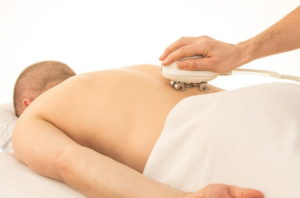Posted on : July 17, 2019
By
Admin
Trionds
One Stop Solution for Writers
Recent News
- Top 10 Most Beautiful Places in the World
- The 10 Biggest AI Trends of 2025 Everyone Must Be Ready For Today
- The Importance of Driver’s Ed in DMV Permit Test Success
- Same-Day Delivery in the On-Demand Economy
- Last-Minute Tips for Acing JEE Mains: Dos and Don’ts
- How to Get a Better Night Sleep
- How to Invest in Gold for Newbies
- How to Effectively Optimize Content for Google Discover
- How to Prepare for Your Interview
- Why Wear a Sports Bra for Running?

